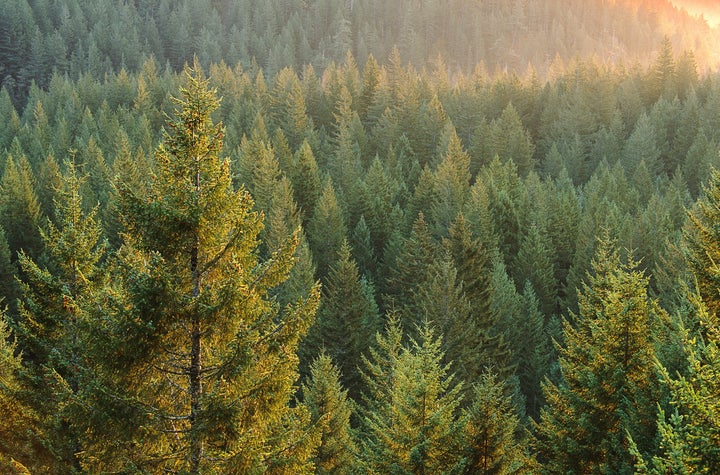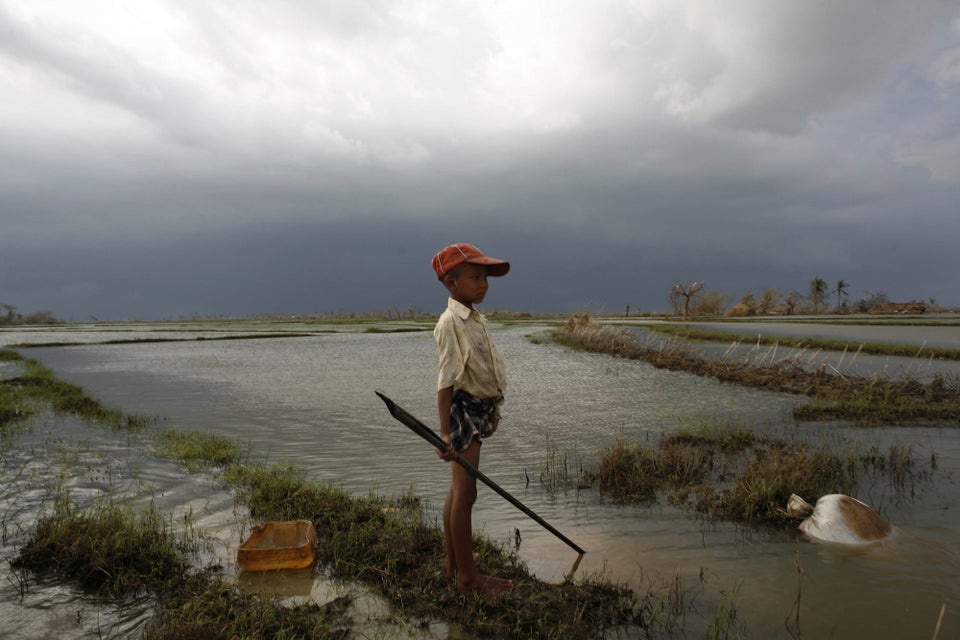
A recent study has determined that if global warming continues unchecked at its current projected pace, we could see nearly all needleleaf evergreen trees die in the Southwest U.S. within the next hundred years.
The University of Delaware published its study, a product of five years of field research, today in the journal Nature Climate Change. The study projects a "72 percent loss of needleleaf evergreens by 2050" and "almost 100 percent by 2100" due to climate change.
The study was led by Nate McDowell from the Los Alamos National Laboratory, who worked alongside 18 other researchers from universities and federal agencies, including the U.S. Geological Survey.
They used global warming simulation models, regional predictions and field results to reach their ultimate conclusion: Climate change is ushering in a mass tree die-off.
"No matter how we investigated the problem, we got the same result. This consensus gives us confidence in this projection of forest mortality," Sara Rauscher, a member of the research team and assistant professor of geography in UD's College of Earth, Ocean, and Environment, said to Science Daily.
Climate change will affect trees in two ways: lack of water due to an increased prevalence of drought and something called "carbon starvation." Carbon starvation occurs when tree leaves and needles close their stomata to retain water in dry conditions. This can slow or halt photosynthesis since the leaves and needles aren't bringing carbon dioxide in as a result.
The study was inspired by the mass dying off of trees, including drought-resistant tree species, after recent droughts in the region, like the "megadrought" in California. This phenomenon seemed to parallel similar reports from around the world, and scientists began to question whether it was related to climate change. The UD study is especially relevant as dry spells in California are expected to worsen as temperatures rise.
The research team used a variety of field tests and models looking at situations arising from both extreme and moderate warming. The recent Paris climate talks proposed efforts that would keep the temperature rise to 2 degrees Celsius, but though that might delay the ill-effects compared to extreme warming, the team always ultimately concluded the same thing would occur: "widespread conifer loss."
“This isn’t entirely a surprise to some of us who study this, the writing’s on the wall, so to speak,” McDowell told the Washington Post. “On the other hand, no one had ever evaluated these state of the art models for predicting tree death.”
The Southwest region of the U.S. is home to more than 10 national parks which span more than 20 million acres across Arizona, New Mexico, Utah, Colorado, California and Texas.
Without the trees to take in carbon and produce oxygen, the semi-arid region will see major increases in carbon in the atmosphere, leading to further warming.
While the study doesn't account for wildfires or whether vegetation in the region will adapt to warmer climates, the team is still worried.
"This region of the U.S. has beautiful, old forests with historic trees like Ponderosa pine that you don't find in many other places. A treeless Southwest would be a major change not only to the landscape, but to the overall ecosystem," Rauscher said to Science Daily. "There is always hope that if we reduce carbon emissions, if we continue to address climate change, then perhaps these dire projections won't come to pass."
Also on HuffPost:

